Choledocholithiasis
What is Choledocholithiasis?
Choledocholithiasis is a medical condition where gallstones are present in the bile duct, specifically the common bile duct (CBD). The common bile duct is a small, tube-like structure that carries bile from the liver and gallbladder to the small intestine to aid digestion, especially fat digestion.
Impact of Choledocholithiasis on Anatomy and Health
In choledocholithiasis, the presence of gallstones in the bile duct can lead to several complications:
- Blockage of the bile duct: The stones can block bile flow, causing the bile to back up into the liver, leading to jaundice (a condition characterised by yellowing of the skin and eyes).
- Inflammation/Infection: The blockage can also cause inflammation of the bile duct, a condition known as cholangitis. If left untreated, this can progress to a severe and life-threatening infection.
- Pancreatitis: If the blockage occurs at the ampulla of Vater, where the bile duct and pancreatic duct merge, it can trigger inflammation of the pancreas, known as pancreatitis. This serious condition can cause severe abdominal pain and other complications.
Risk Factors for Choledocholithiasis
Choledocholithiasis is more common in individuals with a gallstone history. Risk factors include:
- Age: The risk increases with age, particularly for individuals over 40.
- Gender: Women are more likely to develop gallstones than men.
- Weight: Overweight and obese individuals have a higher risk of developing gallstones.
- Diet: A diet high in fat and cholesterol and low in fibre can contribute to gallstone formation.
- Pregnancy: Pregnancy can increase the risk due to increased oestrogen levels which can cause cholesterol levels in bile to increase, potentially leading to gallstone formation.
- Genetics: Individuals with a family history of gallstones have an increased risk.
Causes of Choledocholithiasis
The primary cause of choledocholithiasis is the presence of gallstones. These stones can be formed in the gallbladder and then migrate to the bile ducts. Gallstones form when substances in the bile - mainly cholesterol and bilirubin - crystallise.
The formation of gallstones is influenced by several factors, including:
- Imbalance in the substances that make up bile: If your bile contains too much cholesterol, bilirubin, or not enough bile salts, you can develop gallstones.
- Poor gallbladder emptying: If your gallbladder doesn't empty completely or often enough, it can lead to gallstone formation.
- Medical conditions: Certain liver diseases can also make you more likely to develop gallstones.
Symptoms of Choledocholithiasis
The symptoms of choledocholithiasis often occur when the gallstone blocks the bile duct. They can include:
- Abdominal pain is the most common symptom, usually felt in the upper right or middle abdomen. The pain can be sudden and rapidly intensify. It can last for several hours and then decrease in intensity.
- Fever and chills: This could indicate infection in the bile ducts.
- Jaundice: Yellowing of the skin and eyes can occur if the gallstone causes a blockage that prevents bile from draining out of your liver and into your small intestine.
- Nausea and vomiting: This is often associated with severe pain.
- Dark urine and light-coloured stools may occur if the stone blocks the common bile duct, causing bile to back up into the liver and spill over into the blood.
- Unexplained weight loss and loss of appetite: These are less common symptoms but can occur due to persistent nausea, vomiting, and reduced nutrient absorption from the lack of bile in the intestines.
Diagnosis of Choledocholithiasis
For the diagnosis of choledocholithiasis, your doctor may use a variety of tests, including:
- Blood tests can reveal signs of infection or inflammation associated with gallstones. Liver function tests can also suggest blockage of the bile duct.
- Ultrasound: This test uses sound waves to create images of your gallbladder and can often show gallstones.
- CT scan: This can provide more detailed images of the gallbladder and bile ducts.
- Magnetic Resonance Cholangiopancreatography (MRCP): This test uses magnetic fields and radio waves to produce detailed images of the bile and pancreatic ducts. It is particularly good at visualising the bile ducts and identifying blockages.
- Endoscopic Retrograde Cholangiopancreatography (ERCP): In this procedure, a flexible tube with a camera on the end is passed down your throat, through your stomach, and into the upper part of your small intestine. A dye is injected into the bile ducts through the tube, and X-rays are taken. This procedure can both diagnose and treat the problem by removing the gallstone.
- Endoscopic ultrasound (EUS): This procedure combines ultrasound and endoscopy to look for stones in the bile duct.
Remember, if you are experiencing choledocholithiasis symptoms, seeking medical attention promptly is crucial.
Treatment of Choledocholithiasis
The treatment of choledocholithiasis often involves the removal of the gallstone that's causing a blockage. There are a few ways to achieve this:
- ERCP is a common procedure to remove gallstones from the bile duct. After the endoscope is in the small intestine, a smaller tube is inserted into the bile duct. The doctor can then remove the gallstone or make a small cut to enlarge the opening so the stone can pass.
- Laparoscopic cholecystectomy: This is a minimally invasive surgery to remove the gallbladder. This is typically done if gallstones keep entering the bile duct. It's done using a small incision and a laparoscope, a thin, lighted tube that allows the surgeon to see inside the abdomen.
- Laparoscopic common bile duct exploration: This can be done during cholecystectomy if gallstones are found in the common bile duct during surgery. The surgeon may use special tools to remove the gallstones from the bile duct.
- Open surgery: This is typically reserved for complex cases or when minimally invasive procedures aren't possible or haven't been successful.
- Medication: Sometimes, medication may be used to dissolve the gallstones. This is less common as it can take a long time (months or years) to work, and the gallstones may return once the medication is stopped.
What if Choledocholithiasis is Untreated?
If choledocholithiasis is left untreated and the bile duct remains blocked, it can lead to serious, potentially life-threatening complications. This can include:
- Cholangitis is a serious infection of the bile duct caused by blockage. It can cause high fever, severe abdominal pain, and jaundice.
- Pancreatitis is inflammation of the pancreas that can cause severe abdominal pain, vomiting, and occasionally life-threatening complications.
- Liver damage: If the blockage prevents bile from being expelled from the liver, it can lead to liver damage and, over time, liver failure.
- Gallbladder inflammation (Cholecystitis) can occur if a gallstone blocks the cystic duct (the duct leading from the gallbladder). It can cause severe abdominal pain, fever, and nausea.
- Gallbladder cancer: Though rare, untreated gallstones can increase the risk of gallbladder cancer.
Therefore, seeking medical treatment is essential if you are experiencing choledocholithiasis symptoms and following your doctor's treatment recommendations.






